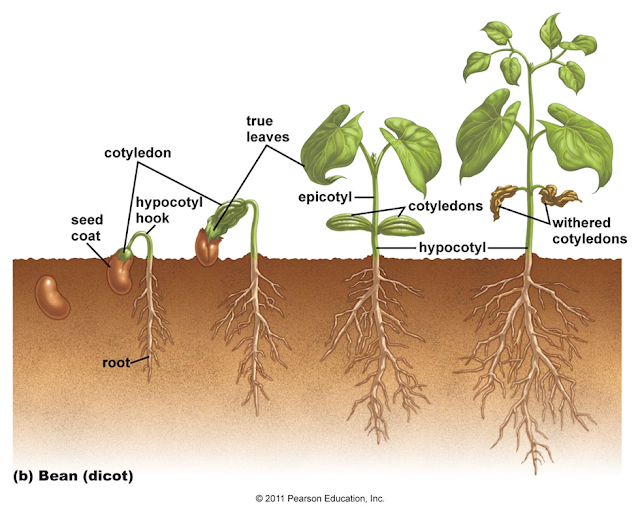Animal feedis food given to domestic animals in the course of animal husbandry. There are two basic types: fodder and forage. Used alone, the word “feed” more often refers to fodder.
As long as livestock remains an integral part of agricultural society, there will always be the demand for animal feed on a large scale. With a large variety of livestock, from cows to chickens to horses to ducks, there must also be a large variety of different feed to accommodate their individual needs.
Basics
The commercial sale and industrial production of animal feeds has a history dating back as far as the 1800s. It was during this time period that the significance of balanced diets and nutrients in the diets of humans and animals was beginning to make steam as a mainstream ideology. One of the first big feed producers, which was the first to manufacture corn gluten feed, was called Purina and was established in 1882. It expanded its operations near the beginning of the 20th century and still operates today. In modern times, there are three major types of feed used by farmers, each with their own uses and benefits.
1. Compound Feed
One of the most common types of feeds used by commercial farmers is compound feed. Also known as feedstuffs, they are blends of various additives and raw materials that are formulated to specifically suit the intended animal. They are often produced as pellets or crumbles.
Like modern vitamins with humans, they can be used to either satisfy the complete nutritional requirements of their target animals or as a supplement to other staples of the animals’ diets. They are often complemented with extra vitamins and minerals. It is produced in astronomically large amounts, with over 600 million tons produced annually on a global scale.
Compound feed is fodder that is blended from various raw materials and additives. These blends are formulated according to the specific requirements of the target animal. They are manufactured by feed compounders as meal type, pellets or crumbles. The main ingredients used in commercially prepared feed are the feed grains, which include corn, soybeans, sorghum, oats, and barley.
Compound feed may also include premixes, which may also be sold separately. Premixes are composed of microingredients such as vitamins, minerals, chemical preservatives, antibiotics, fermentation products, and other essential ingredients that are purchased from premix companies, usually in sacked form, for blending into commercial rations. Because of the availability of these products, a farmer who uses his own grain can formulate his own rations and be assured his animals are getting the recommended levels of minerals and vitamins.
2. Fodder
“Fodder” refers particularly to foods or forages given to the animals (including plants cut and carried to them), rather than that which they forage for themselves. It includes hay, straw, silage, compressed and pelleted feeds, oils and mixed rations, and sprouted grains and legumes. Feed grains are the most important source of animal feed globally. The amount of grain used to produce the same unit of meat varies substantially.
According to an estimate reported by the BBC in 2008, “Cows and sheep need 8kg of grain for every 1kg of meat they produce, pigs about 4kg. The most efficient poultry units need a mere 1.6kg of feed to produce 1kg of chicken.” Farmed fish can also be fed on grain, and use even less than poultry. The two most important feed grains are maize and soybean. Other feed grains include wheat, oats, barley, and rice, among many others.
Fodder, is used primarily to feed domesticated livestock such as goats, sheep, cattle, horses and pigs. It is typically composed of plant matter like hay, straw and grains. The term is used to describe these plants being given to the animals after the plants have been harvested, which contrasts with forage, as will be explained below. Meat and bone meal are occasionally mixed into fodder, which has been frequently blamed for the spread of mad cow disease and has been banned in many countries.
 |
| Hay is one type of fodder as animal feed |
Traditional sources of animal feed include household food scraps and the by-products of food processing industries such as milling and brewing. Material remaining from milling oil crops like peanuts, soy, and corn are important sources of fodder. Scraps fed to pigs are called slop, and those fed to chicken are called chicken scratch. Brewer’s spent grain is a by-product of beer making that is widely used as animal feed.
 |
| Animal Feed -pelleted fodder |
Forage
“Forage” is plant material (mainly plant leaves and stems) eaten by grazing livestock. Historically, the term forage has meant only plants eaten by the animals directly as pasture, crop residue, or immature cereal crops, but it is also used more loosely to include similar plants cut for fodder and carried to the animals, especially as hay or silage.
Unlike fodder, which is harvested plant matter fed to animals in bunches or bales, forage is plant matter that is literally grown in a confined area with the intention of having it grazed upon by various livestock. It can be composed of legumes, grasses, corn, oats, alfalfa and other edible plants. The act of eating or grazing upon the plant matter is known as foraging.









I like that you mentioned how animal feed is food given to domestic animals in the course of animal husbandry. I visited a farm the other day and it made me very interested in raising livestock. According to what I’ve heard, it seems animal food products are easy to get now.
Thanks for your comment! I’m sure this will boost our energy to prepare even more informative posts.